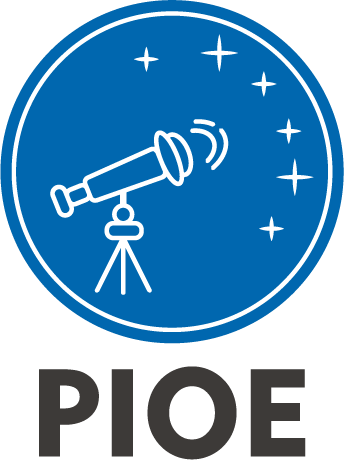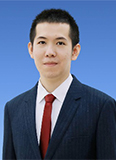

Assoc. Prof. Jiahao Yan ( Link )
Institute of Nanophotonics, Jinan University, China
Brief introduction:
Jiahao Yan received his Ph.D in Materials Physics and Chemistry at Sun Yat-sen University of China in 2019. He was a visiting Ph.D student at School of Electrical and Computer Engineering of Georgia Institute of Technology from 2016 to 2017. Now, Dr. Jiahao Yan is an associate professor at the Institute of Nanophotonics, Jinan University. He is also the deputy director of the Nanomaterials & Photonics Laboratory. His research focuses on "new materials and new structures for nanoscale light-matter interactions and optoelectronics". Since 2014, Dr. Yan has studied the optical properties of all-dielectric nanostructures, aiming to build low-loss, low-cost and CMOS compatible photonic and optoelectronic nanodevices. He has published 40+ research articles in SCI journals (including first/corresponding author papers in Nature Commun., Mater. Sci. Eng. R., Light Sci. Appl., Adv. Sci., ASC Nano, Mater. Horiz., Nano Lett., etc.). His works have been cited by many leading researchers in this area with published works in Nature Rev. Mater., Nature Nanotech., etc. He has written two book chapters, applied five national invention patents (China) and given keynote or invited talks in many international conferences.
Title: All-dielectric nanostructures for tunable light-matter interactions
Abstract:
All-dielectric nanostructures made from high-refractive-index dielectric materials have become new building blocks in nanophotonics to overcome the high level of Joule losses of metallic plasmonic nanostructures. From the strong magnetic dipole resonances based on Mie theory to the toroidal mode and anapole mode, the unique resonant modes of all-dielectric nanostructures offer a variety of intriguing optical effects. Moreover, the capability of far-field directional manipulation brings new solutions for some practical applications. Si, as the most typical all-dielectric materials, has been used to build nanoantennas and metasurfaces with high quality factors (Q) and strong light-matter interactions, which brings a new strategy on building CMOS compatible optoelectronic nano-devices. Very recently, the coupling between excitons (especially 2D excitons) and all-dielectric nanostructures has drawn researchers’ attention. Although high Q modes can be realized in well-designed dielectric arrays, high Q, small mode volumes or strong coupling strength (g) cannot be easily obtained for individual all-dielectric nanostructures. For weak coupling regime, PL enhancement with no more than twice or even PL quenching was observed in individual Si nanostructures. For strong coupling regime, only unobvious Rabi splitting was demonstrated via the coupling of Si nanoparticles with 2D-excitons. Therefore, new mechanism is urgently needed for the effect light-matter interactions based on all-dielectric nanostructures. More importantly, how to achieve the active tuning of light-matter interactions based on all-dielectric nanostructures is crucial for building functional optoelectronic nano-devices. However, for Mie-exciton hybrid systems, there is still no report on the electrical tuning because the far-field dominated coupling mechanism is insensitive to the change of surroundings by doping.
In this talk, we will introduce the light-matter interactions based on all-dielectric nanostructures and the coupling rule between them and excitons. Moreover, we realize the electrically controlled linear and nonlinear optical responses of individual all-dielectric nanostructures in the visible range through changing the applied voltage. Our findings on both passive and active tuning of light-matter interactions will bring a new approach to build photonic or optoelectronic nano-devices.